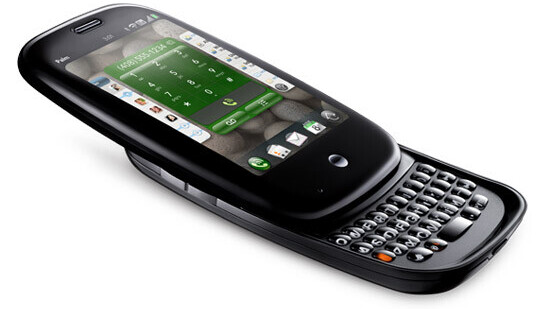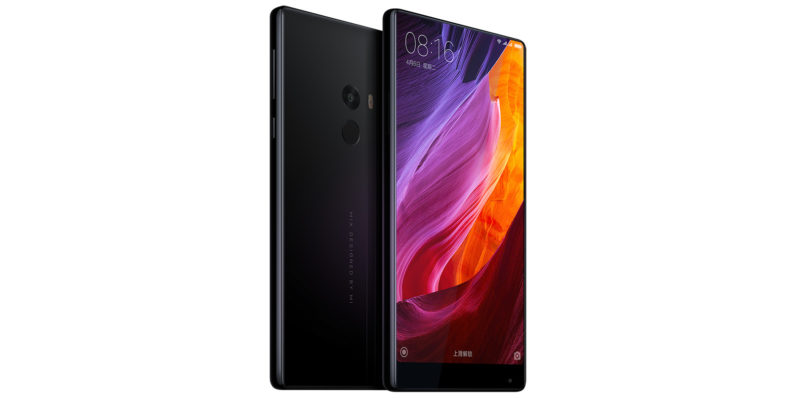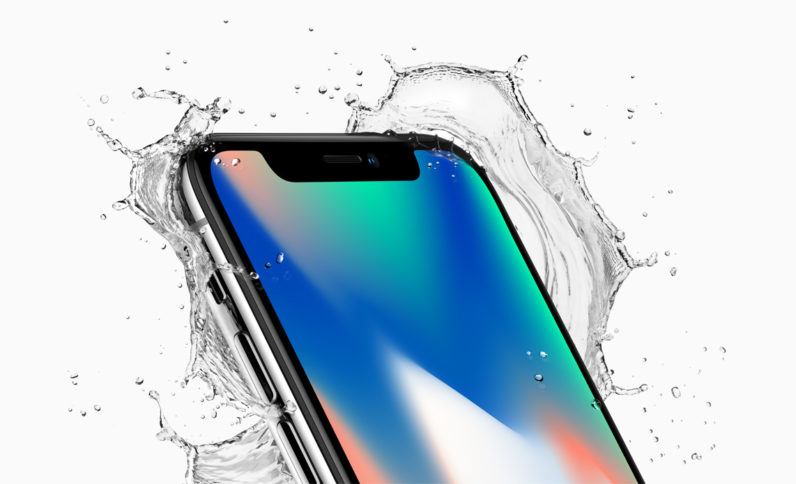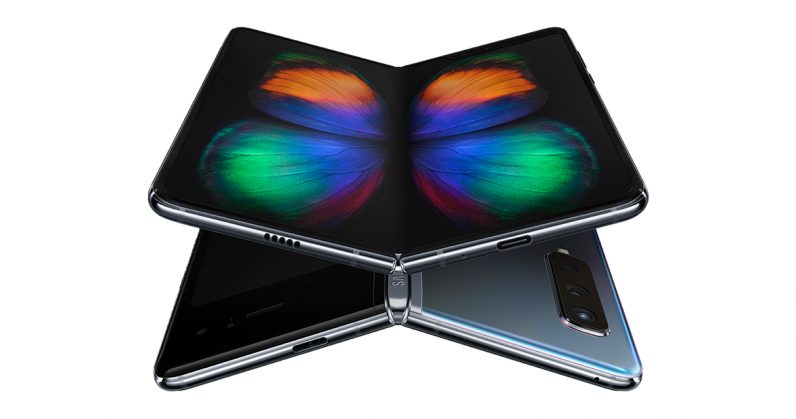
There’s a good chance the 2010s will go down as the most important decade in the history of portable phones. The iPhone kicked off the smartphone revolution in 2007, but it wasn’t until a few years later that all the major players came to fore.
In the past 10 years, we’ve seen smartphones evolve from low-resolution touchscreen devices to our primary way of watching video, reading the news, taking photos and browsing the web. While it’s hard to condense a list of most important phones to just a few models, here are some of the devices we think most changed the landscape for mobile devices.
iPhone 4 (2010)

Few phones were ever as hyped as the iPhone 4. It maintains the record for most dramatic phone leak of all time – when Gizmodo bought a prototype left at a bar by an Apple employee – but it also introduced many features and design elements we now take for granted.
The iPhone 4 was the first modern smartphone to introduce a front-facing camera, giving birth to Facetime and, more importantly, selfies. It was the first to use HDR, revolutionizing what we though mobile cameras were capable of. It was the first major phone to use a “glass sandwich” design, setting off a design trend that endures to this day.
And let’s not forget it introduced the concept of a “Retina Display,” which forever made it unacceptable to see individual pixels on a premium phone screen – and had repercussions well beyond the smartphone market.
Galaxy Note (2011)

You probably know why the Galaxy Note is on this list. While doodling on phone screens never really caught on outside of a few enthusiasts, the Galaxy Note’s massive display did. At the time, the Galaxy Note’s 5.3-inch diagonal screen seemed ridiculous, to the point it was often dismissed by enthusiasts. But now such a display would be considered diminutive.
Of course, phones now have much smaller bezels and slimmer aspect ratios to maximize screen real estate in smaller form factors, but that’s because the Galaxy Note made us realize the utility of a large screen in our pockets. The Galaxy Note was the device that helped us realize we could get real work done with our phones.
Moto G (2013)

While most of the phones on this list are flagship devices, the Moto G and its successors did much to prove you needn’t spend a fortune for a smooth Android experience. At $179 – cheap even by 2013 standards – with midrange specs, the Moto G sometimes felt smoother than flagship devices. This was thanks to its no-nonsense approach to customizing Google’s OS, which is to say virtually no bloatware.
That was something of a rarity at the time, but several years later, the Moto G series continues to offer better value than almost anything else on the market.
OnePlus One (2014)

OnePlus came into the market with a bold claim. It could make a “flagship killer” phone for just $300. And while it didn’t quite hit that mark in its first iteration, OnePlus made it clear it was a force to be reckoned with. The company proved it could provide competitive specs at a far lower price than the competition without major sacrifices in build quality.
Nowadays, OnePlus is still undercutting the competition on price, but no one doubts it’s competing with the major players otherwise. The original OnePlus not only heralded the company’s future success, it also kicked off a new category of budget flagships that remind us one needn’t spend a grand for a top-notch smartphone experience.
Amazon Fire Phone (2014)

Why is such a remarkably unsuccessful phone on this list, you might be asking? Simple: Amazon had all the potential to be the next big smartphone player, and it’s probably a good thing it failed.
Amazon commands enough of a hold of our lives already through its stronghold over online shopping and the ubiquity of Alexa. That the company could have had a major contender for the most important, frequently used device in most of our lives is mildly terrifying. Especially when the company made it clear from the outset the Fire Phone was meant to
Fortunately, breaking into the smartphone market with a new platform is notoriously difficult – just ask Microsoft – and Amazon put in a lackluster performance. The ‘3D’ parallax screen was a gimmick, forking off Android was a bad choice for app support, battery life sucked, and it had no compelling features beyond helping you buy stuff from Amazon. Of course.
Along with the failure of the mobile Windows, and BlackBerry the Fire Phone cemented the fact no one would be challenging Android and iOS anytime soon.
Xiaomi Mi Mix (2016)

We have Xiaomi to thank for bezel-less phones. While the idea of a phone screen with minimal bezels goes back years, the Mi Mix was the first major phone to bring the aesthetic to the market. It made what was once the fancy of concept artists an honest-to-goodness tangible product.
It was striking to see the vanishing edges on a real device, but now we can’t imagine having it any other way.
Google Pixel (2016)
![]()
The original Google Pixel was a big deal, and Google was done letting its partners claim all the glory of its Android OS while adding bloat with various skins and unnecessary features. After years of selling Nexus devices aimed at developers in limited quantities, Google set out to prove it could be known as more than just a software company.
The original Pixel wasn’t a huge commercial success – no surprise, given it was a Verizon exclusive – but it set the bar for the ‘pure’ Android experience. It was also probably the biggest leap in smartphone image quality since the iPhone 4 introduced HDR. It’s ‘HDR+’ technology not only increased, dynamic range, but reduced noise, improved white balance, provided more realistic colors, and made photos sharper.
The Pixel series is now the standard by which other phones’ cameras are judged by, and Google is no longer just a software company.
iPhone X (2017)

The iPhone X may not have been the first major “bezel-less” but it did popularize the design more than anything else. It also, unfortunately, popularized the notch.
The iPhone X was a major revamping of how we use iOS thanks to its new gesture system, while single-handedly proved that facial recognition was not only a viable form for biometric authentication, but one that was more secure and arguably more convenient than a fingerprint. Unfortunately, the iPhone X was also the beginning of the $1000 phone era.
Huawei Mate 20 Pro (2018)

It’s hard to pinpoint exactly when Huawei became the hardware behemoth it is today, but arguably no phone flexed the company’s muscle so much as the Mate 20 Pro. While it wasn’t the first phone with three cameras, it was the first major release to use the golden trifecta of lenses: an ultra-wide, normal, and telephoto lens combo. This in addition to a giant primary sensor that outclasses nearly all the competition, a huge battery, Face ID-like login, an under-the-glass fingerprint reader, and a host of other features.
The Mate 20 Pro was Huawei at its most ambitious before the company was crippled by Trump’s blacklist. Now that the company isn’t allowed to use Google services, it faces an uncertain future outside of China – but you can bet it won’t go down without a fight.
Galaxy Fold (2019)

The most recent entry on this list is also likely to be one of the most important of the coming decade. The Galaxy Fold’s launch may have been plagued by problems and durability concerns, but there’s no doubt about it: folding phones are the future, or t least part of it.
Like the Galaxy Note before it, the Galaxy Fold seeks to push how much we can get done on a device that fits in our pocket. It’s too expensive and impractical for more people now, but it’s only a matter of time until Samsung works out the kinks.
Honorary Mention: Palm Pre series (2009-2011)

Okay, so the original Palm Pre technically came out in 2009, but the now-defunct series hit its stride with its two subsequent models. It’s hard to understate the impact the Palm Pre and its WebOS software had on the smartphone market, predicting or inspiring many smartphone features we now take for granted.
Universal search, multitasking via ‘cards,’ OTA updates, gesture navigation, notifications management, web apps, and more were pioneered by Palm. The hardware didn’t live up to the grand vision of the software, and WebOS didn’t last very long as a mobile OS. But palm’s influence is undeniable.
Get the TNW newsletter
Get the most important tech news in your inbox each week.





